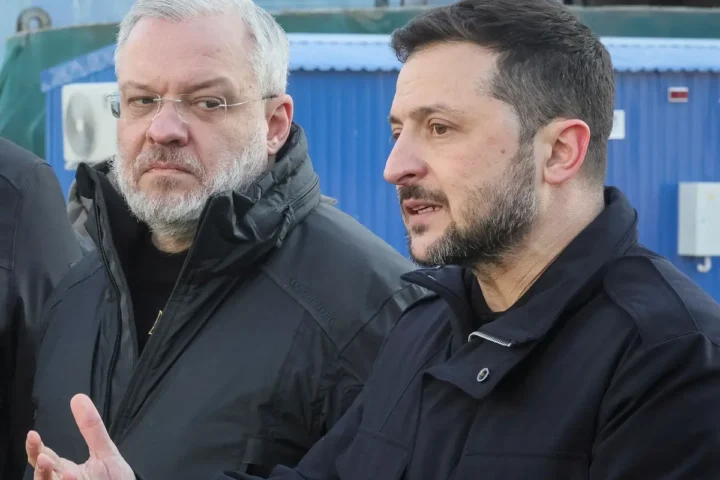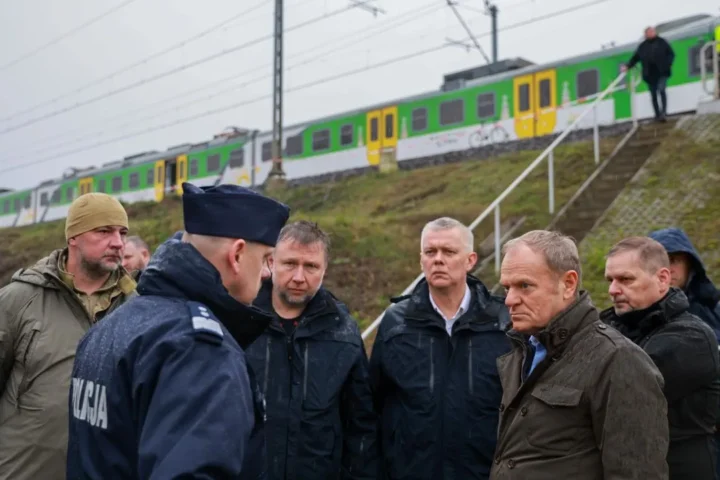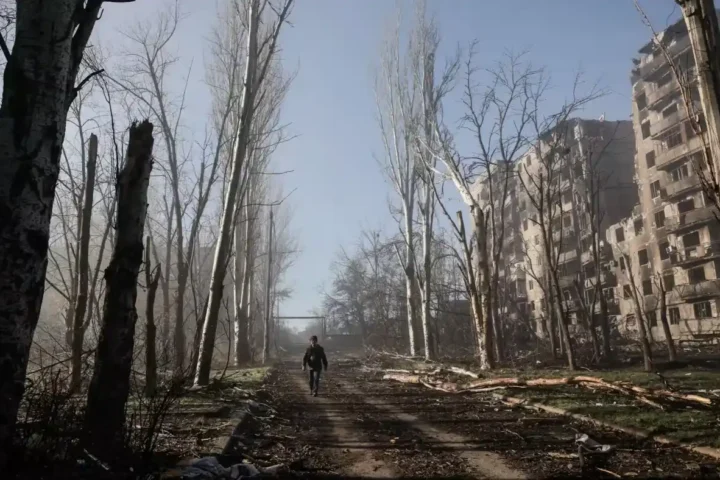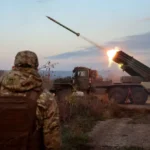Russia’s ambitious plan to revive serial production of the Tu-214 passenger jet has hit yet another setback. The Kazan Aviation Plant (KAZ) will deliver just one aircraft this year instead of the three promised.
Since 2022, the plant has managed to hand over only two aircraft out of the ten officially planned. One of them — tail number RA-64518 — was actually a refurbished jet built back in 2009, while the other, RA-64535, had been under construction even before 2022.
The new aircraft are expected to feature a higher level of import substitution, replacing dozens of Western-made components. Engineers still need to replace flight computers, ground-proximity and collision warning systems, weather radar, boarding stairs, lighting, and electrical equipment — around 45 systems and subsystems in total.
But are those components actually ready?
“They were supposed to be certified in December,” one source told us. “Where things stand now is oddly kept secret. If certification doesn’t happen, they’ll try to buy foreign-made parts or strip them from older aircraft.”
Only One Aircraft in 2025 — and Even That Is a Struggle
KAZ now plans to roll out just one brand-new Tu-214 in 2025 — registration RA-64536. Sources insist this plane “will definitely fly,” at least by mid-November, when it is expected to reach the flight-testing station. Rumors suggest the aircraft might even be moved there earlier, by the end of October.
Whether the so-called “Boeing killer” will be delivered to the customer this year remains uncertain. The previous Tu-214 took four months from its maiden flight to final delivery, so expectations are low. Once again, the annual plan is in jeopardy.
According to the original schedule, KAZ was to report three completed Tu-214s in 2025. The jet flown in December and delivered in May technically counts toward 2024 output, though it may conveniently be “spread” across two years in official statistics.
Why Is the Tu-214 Program Moving So Slowly?
There are three main questions:
- Why is production still crawling at such a slow pace?
- Can the process be accelerated?
- What is the realistic production capacity of the plant?
The first issue is structural: a shortage of skilled workers, outdated equipment, lack of inter-industry cooperation, and the simple fact that producing one Tu-214 a year has been the plant’s standard pace for nearly two decades.
“Frankly, KAZ has forgotten how to work,” one insider said. “The degradation began in the early 1990s for obvious reasons. The last sparks of productivity came under directors Khayrullin and Kayumov. Now the plant is run entirely by hand — nothing moves without the personal approval of directors Bobryshev and Mirgalimov, not even the smallest decision.”
The “Breakthrough Year” That Never Happened
2025 was supposed to mark a turning point. “This is the year we finally start ramping up production,” officials promised back in April.
- The final assembly workshop was to organize parallel assembly of two aircraft instead of one.
- A new mechanical processing center (Complex No. 121) was expected to begin operations by the end of the year.
- Full reconstruction of the KAZ facilities was planned by 2027, with promises of “significantly reduced production cycles.”
Unrealistic Promises and Abandoned Conveyor Line
In August, Rostec CEO Sergey Chemezov publicly stated that starting in 2029, the Kazan plant would produce 20 Tu-214s annually. Industry insiders say this is “pure fantasy.”
A new assembly hall initially designed for other aircraft was reassigned to the Tu-214 project. The idea was to install a modern moving assembly line, similar to Boeing’s. But the plan was quietly scrapped — mainly because the equipment isn’t available, and such a system requires perfect synchronization between all production stages.
“At Western plants, an aircraft might move just 25 centimeters at a time — and even a few seconds’ delay disrupts the whole cycle,” one engineer explained. “Here, they’ve given up on that idea. Instead, they’ll simply add a second jig. But to reach 20 planes per year, you’d need at least four.”
A Design That Isn’t Ready for Mass Production
The Tu-214 itself would have to be redesigned to allow conveyor-style production.
“Right now, mating the wing to the fuselage takes two months. How are you going to build 20 planes a year?” a source scoffed. “At best, KAZ can manage five or six.”
For now, insiders say the plant is locked in a bitter internal struggle over whether it will deliver even one aircraft — or none at all.
Meanwhile, the Competition Leaves Russia in the Dust
While Russia struggles to finish a single jet, Boeing, despite its recent crises and embarrassing technical issues, delivered 440 aircraft in the first nine months of 2025 and expects to hit 590 by year’s end.
In Europe, Airbus — derisively dismissed in Russian propaganda as “the decaying company from migrant-overrun Gayrope” — has already delivered 507 aircraft with a year-end goal of 820.
Even Embraer, the Brazilian manufacturer managed to produce 73 aircraft.
Against this backdrop, the single Tu-214 planned for 2025 looks less like a triumph — and more like a symbol of an industry that has lost both its pace and its purpose.


















